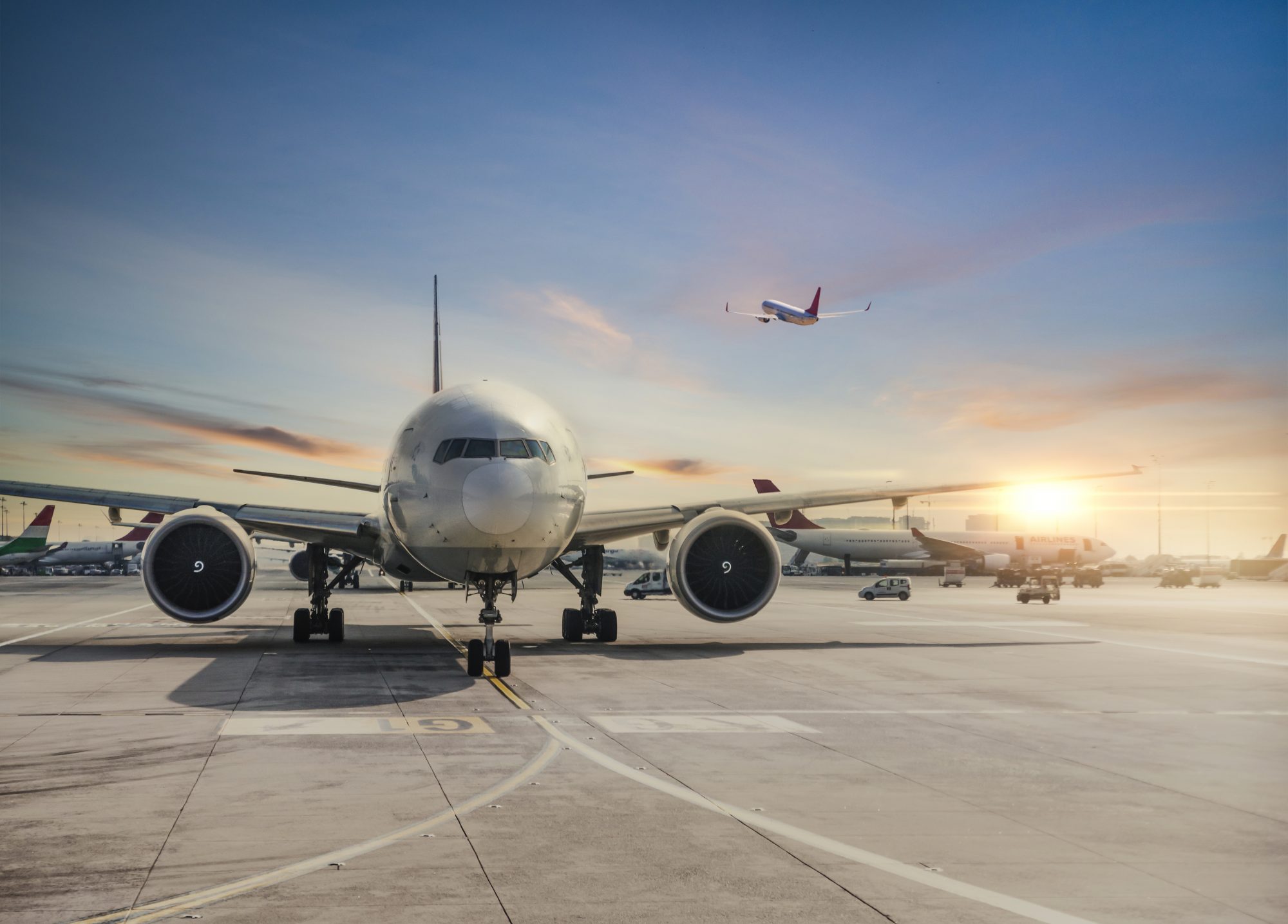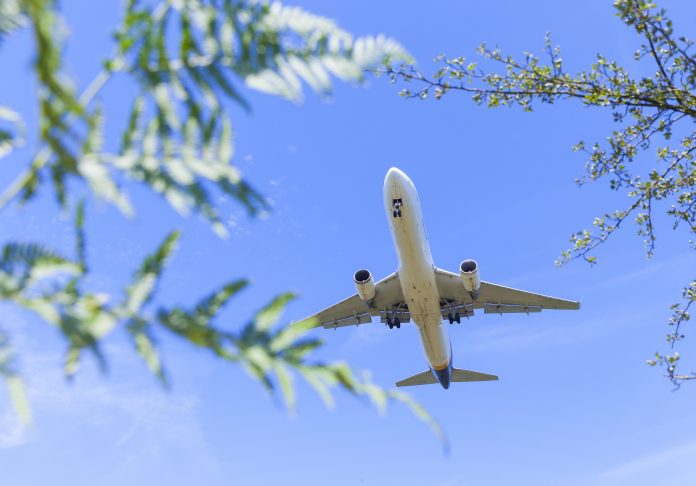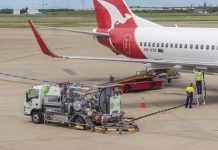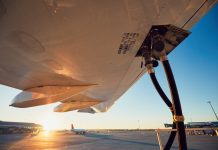The minister of Innovation, Science, and Industry, has revealed a significant investment of $350 million to bolster Canada’s Initiative for Sustainable Aviation Technology (INSAT)
Canada’s sustainable aviation initiative aims to expedite the eco-friendly industrial revolution within the aerospace sector.
The allocated funds will be utilised to establish an aviation ecosystem driven by industry leadership across the entirety of Canada.
This will be achieved by leveraging the Strategic Innovation Fund and engaging businesses of all scales within the country’s supply chain, spanning from one end of the nation to the other.
Financial assistance will be provided for research and development in four key areas: alternative fuels, aircraft design, infrastructure support, and hybrid propulsion, driving advancements in the aviation industry.
Government and industries unite for Canada’s sustainable aviation
Canada’s economy benefits greatly from the aerospace industry, which stands out as a highly inventive and export-oriented sector.
With its remarkable contributions surpassing $27 billion and providing over 210,000 job opportunities, this industry plays a significant role in the country’s economic landscape.
The federal government is dedicated to collaborating with the aerospace industry and aligning with Canada’s Aviation Climate Action Plan to drive tangible measures.
Their goal is to stimulate innovation, enhance competitiveness, and establish Canada as an influential global frontrunner in sustainable aviation.

CEO of Horizon Aircraft gives greenlight
Brandon Robinson, CEO of Horizon Aircraft expressed appreciation for the Initiative for Sustainable Aviation Technology (INSAT) announcement made by Minister François-Philippe Champagne at the Paris Air Show.
“The global air taxi and urban air mobility industry is forecast to see revenues grow from $2.3 billion in 2021 to as much as $30.7 billion by 2031, with more than 430,000 air taxis operating worldwide, and given Canada’s geography and landmass, it has major advantages over other countries to become a clear world leader in this fast-growing industry”.
The Government of Canada’s support for this critical initiative will strengthen transportation capabilities, drive growth in the domestic supply chain, and advance the development of sustainable aerospace technology with worldwide advantages.
Robinson also emphasized this progress in his remarks “The Government of Canada’s backing for this pivotal initiative will enhance our country’s transportation capabilities, foster growth within the domestic supply chain, and bolster the competitiveness of Canadian aerospace suppliers.”
“We are thrilled to see support for ambitious enterprises in pursuit of innovation and the development of sustainable, net-zero aerospace technology, that will show benefits domestically and internationally” he further added.
An overview of Canada’s sustainable aviation
-
- Economic Impact: Canada’s aerospace industry significantly contributed to the Canadian economy with over 210,000 jobs in 2022.
- Strategic Funding: The Strategic Innovation Fund supports large-scale, collaborative projects, positioning Canada for success in the global knowledge-based economy.
- Climate Action Strategy: Canada’s Aviation Climate Action Plan 2022-2030, unveiled in fall 2022 by the Minister of Transport, outlines a pathway to achieve net-zero emissions by 2050, including the development and adoption of green aerospace technologies.
- Export Success: The Canadian aerospace manufacturing industry showcased its strength by exporting approximately $18.7 billion worth of products in 2022.
- INSAT Investment: The $350 million announcement for INSAT expands upon the $49 million previously allocated for aerospace innovation in 2019, propelling industry innovation and securing global leadership in Canada’s in sustainable aviation.
- Environmental Concerns: With the global aviation sector responsible for 2% of greenhouse gas emissions, the projected growth in passenger air travel and freight could triple commercial aircraft emissions by 2050
</ul
Editor's Recommended Articles
-
Must Read >> The future of renewable aviation fuel














